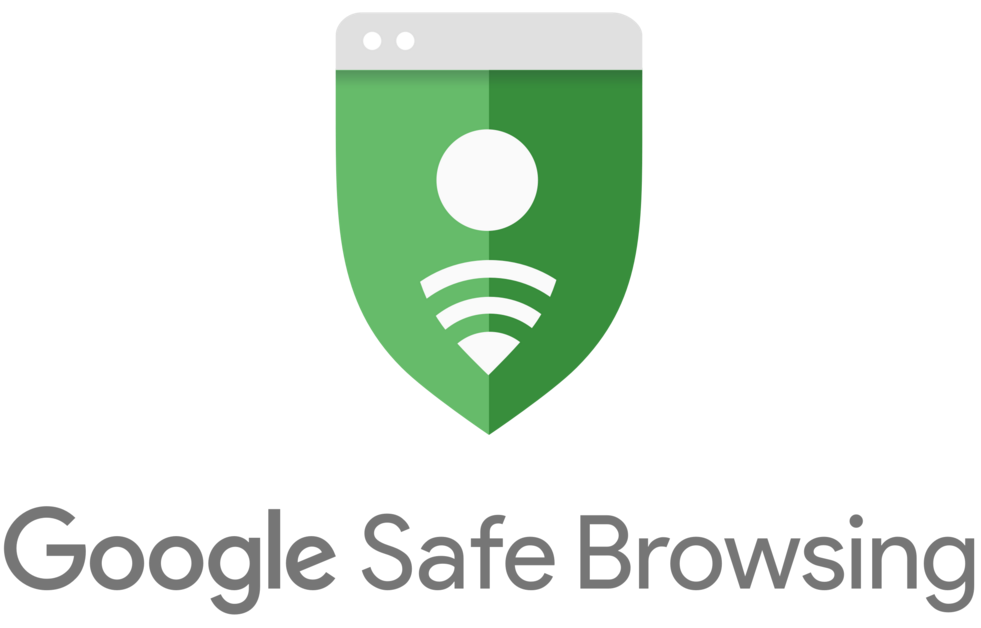If you’ve ever changed jobs, there’s a chance you left behind a 401(k) account at a previous employer. These forgotten retirement funds can add up to a significant sum. So, if you'd like to know how to find your old 401(k) accounts, saty with us!
There are about 29 million forgotten 401(k) accounts and these forgotten accounts hold assets worth nearly $1.65 trillion. By following certain steps, you can locate and reclaim your funds, ensuring they continue to grow and support your future goals.
What Is A 401(k) Account?
A 401(k) is a retirement savings plan offered by employers in the United States. It allows employees to contribute a portion of their salary before taxes, helping them save for retirement while potentially lowering their taxable income. They grow tax-deferred, which means that the person won’t pay taxes on the contributions or earnings until withdrawing them in retirement. On top of that, many employers also match a percentage of employee contributions, making it a valuable benefit.Why Should I Find My Old 401(k) Account?
- Maximize Your Retirement Savings: over time, the funds in an old 401(k) account can grow significantly due to compounding interest. By locating and consolidating these accounts, you ensure your retirement savings are optimized.
- Simplify Financial Management: managing multiple accounts can be complicated. Consolidating old 401(k) accounts into one makes it easier to monitor your investments, rebalance your portfolio, and adjust contributions as needed.
- Avoid Fees and Lost Returns: some old 401(k) accounts may be subject to high fees or poor investment options. By finding these accounts, you can roll them over into a plan with lower costs and better investment opportunities.
- Prevent Escheatment: if an old 401(k) account remains dormant for too long, it may be turned over to the state as unclaimed property. Recovering these funds can be a lengthy process, so it’s better to take action early.
How To Find My Old 401(k) Accounts
- Contact Former Employers: start by reaching out to your previous employers’ HR departments. Provide your full name, Social Security number, and the approximate dates of your employment to help them locate your account.
- Review Old Financial Records: look through past pay stubs, tax returns, or benefits statements for any information about 401(k) contributions. Form W-2s often indicate retirement plan contributions.
- Use the National Registry of Unclaimed Retirement Benefits: this free online database can help you locate unclaimed 401(k) accounts. Simply enter your Social Security number to see if any accounts are associated with you.
- Check with Plan Administrators: if you remember the name of the 401(k) plan administrator (e.g., Fidelity, Vanguard, or Charles Schwab), contact them directly. They can check their records for any accounts under your name.
- Search State Unclaimed Property Databases: if your account has been turned over to the state, you can search the National Association of Unclaimed Property Administrators (NAUPA) website to locate it.
- Hire a Retirement Benefits Specialist: if you’re having difficulty locating an account, consider working with a financial advisor or benefits specialist. They have tools and expertise to help track down lost funds.
What To Do Once You Find Your Old 401(k) Accounts
- Contact the Plan Administrator: reach out to the organization managing your old 401(k). They can provide key details, such as your account balance, investment options, and how to initiate a rollover.
- Evaluate Consolidation Options: decide whether to consolidate your old accounts based on the following factors:
- Investment Options: compare the choices available in your current retirement plan or IRA against those in your old accounts. Select the plan that aligns best with your financial goals and risk preferences.
- Fees: examine the fees for each account. Consolidating into a plan with lower costs could lead to significant savings over time.
- Account Minimums: check if there are minimum balance requirements for your chosen consolidation option. Smaller account balances may limit your transfer options.
- Select a Rollover Method: choose between two main approaches to transferring your funds:
- Direct Rollover: this method transfers funds directly from your old 401(k) to your new retirement account or employer’s plan. It avoids tax penalties and ensures the funds retain their tax-advantaged status. Always coordinate directly between the two institutions for a seamless process.
- Indirect Rollover: with this option, you receive a check from your old plan, and you must deposit the funds into a new account within 60 days to avoid taxes and penalties. Keep in mind that 20% of the distribution will be withheld for taxes, making this method riskier and more complex.
- Consult a Financial Advisor: for tailored advice, consider seeking guidance from a financial professional. They can help you choose the best consolidation strategy based on your retirement goals and financial circumstances.



 Roubo da Big Maple Leaf: Moeda de US$ 1 mi desaparece em Berlim
Roubo da Big Maple Leaf: Moeda de US$ 1 mi desaparece em Berlim  Short-term CDs vs. Long-term CDs: Which One is Better for You?
Short-term CDs vs. Long-term CDs: Which One is Better for You?  Save at the Pump with Amazon Prime’s New Gas Discount
Save at the Pump with Amazon Prime’s New Gas Discount